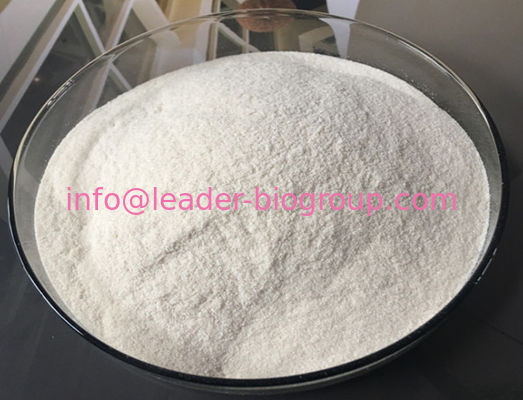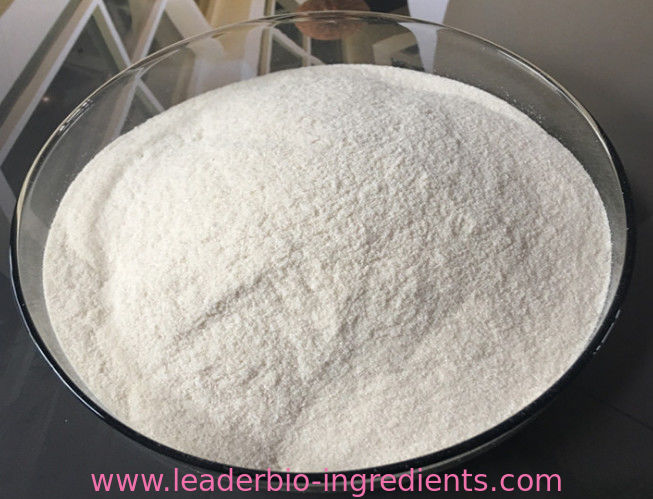| Abstract |
Monobenzone, also called 4-(Benzyloxy)phenol and monobenzyl r of hydroquinone (MBEH) is an organic chemical in the phenol family with chemical formula C6H5CH2OC6H4OH. It is used as a topical drug for medical depigmentation. Monobenzone occurs as a white, almost tasteless crystalline powder, soluble in alcohol and practically insoluble in water.
The topical application of monobenzone in animals, increases the excretion of melanin from the melanocytes. The same action is thought to be responsible for the depigmenting effect of the drug in humans. |
| Treatment for vitiligo |
Monobenzone may cause destruction of melanocytes and permanent depigmentation.Hyperpigmented skin appears to fade more rapidly than does normal skin, and exposure to sunlight reduces the depigmenting effect of the drug. The histology of the skin after depigmentation with topical monobenzone is the same as that seen in vitiligo; the epidermis is normal except for the absence of identifiable melanocytes.This function enables it treat the uneven appearance of the skin due to a loss of skin color (vitiligo). It works by permanently removing color from normal skin located around skin with vitiligo. This will help to make the appearance of the skin more even.
What calls for special attention is that: Do not use this drug to treat other skin discoloration problems ("sun spots," "age spots," freckles, skin discoloration caused by hormone medicine, perfumes, pregnancy, or skin trauma). Monobenzone is not a mild cosmetic bleach. Because it causes a permanent discoloration of the skin, it may not be the right treatment for these other skin conditions.
Besides, Monobenzone is also being considered for the treatment of Melanoma. |
| How to use |
This medication is for use on the skin only. Apply a thin layer of the medication to normal-colored skin, usually 2-3 times daily or as directed by your doctor. Avoid getting this product in your eyes or on the inside of your nose or mouth. If you do get this medication in those areas, flush with plenty of water.After using this medication, the skin will be permanently affected and sensitive to sunlight. Avoid prolonged exposure to sunlight, tanning booths, and sunlamps. Always use a sunscreen of SPF 15 or greater, and wear protective clothing when outdoors.It may take up to 4 months before the full benefit of this drug takes effect. Once the desired skin color is achieved, this medication is applied only as needed to maintain your new skin color (usually 2 times a week).Use this medication regularly to get the most benefit from it. To help you remember, use it at the same times each day.Inform your doctor if your condition persists or worsens after 4 months.
You should not use this medication if you are allergic to monobenzone. Do not use monobenzone on any areas that are not affected by vitiligo. |
| Category |
Toxic substance |
| Toxic grading |
Moderate toxicity |
| Acute toxicity |
Abdomen-rat LD50: 4500 mg/kg |
| Stimulate data |
Skin-guinea pigs 5%/48 hours, mild grade. |
| Flammability hazard characteristics |
The drug is combustible, and combustion releases stimulus smoke. |
| Storage |
Ventilated warehouse, low temperature, dry; Separated from food raw materials. |
| Extinguishing agent |
Dry powder, foam, sand, carbon dioxide, mist water. |
| References |
http://www.medicinenet.com/monobenzone-topical/article.htm
https://www.drugs.com/pro/benoquin.html
http://www.emedicinehealth.com/drug-monobenzone_topical/article_em.htm#important |
| Description |
May cause depigmentation |
| Chemical Properties |
cream to beige-light brownish crystals or |
| Uses |
PBP is used as antiinflammatory, antisecretory, antiulcer. |
| Uses |
Hydroquinone monobenzyl r is an antidegradant added to rubber products; inhibitor in acrylic resins. |
| Indications |
Monobenzone (Benoquin) potently inhibits melanin production and destroys melanocytes. Like hydroquinone, monobenzone was originally introduced for the topical treatment of disorders of excess melanin pigmentation, including melasma. It is now used only to permanently depigment the remaining normally pigmented skin in patients with extensive vitiligo. Irritant and allergic contact dermatitis are common side effects. |
| Definition |
ChEBI: The monobenzyl r of hydroquinone. It is used as a topical drug for medical depigmentation. |
| Brand name |
Benoquin (Valeant). |
| Synthesis Reference(s) |
Tetrahedron Letters, 33, p. 5129, 1992 DOI: 10.1016/S0040-4039(00)61209-1 |
| Purification Methods |
Crystallise it from EtOH or H2O, and dry (P2O5) under vacuum. [Walter et al. J Am Chem Soc 108 5210 1986, Beilstein 6 IV 5778.] |

